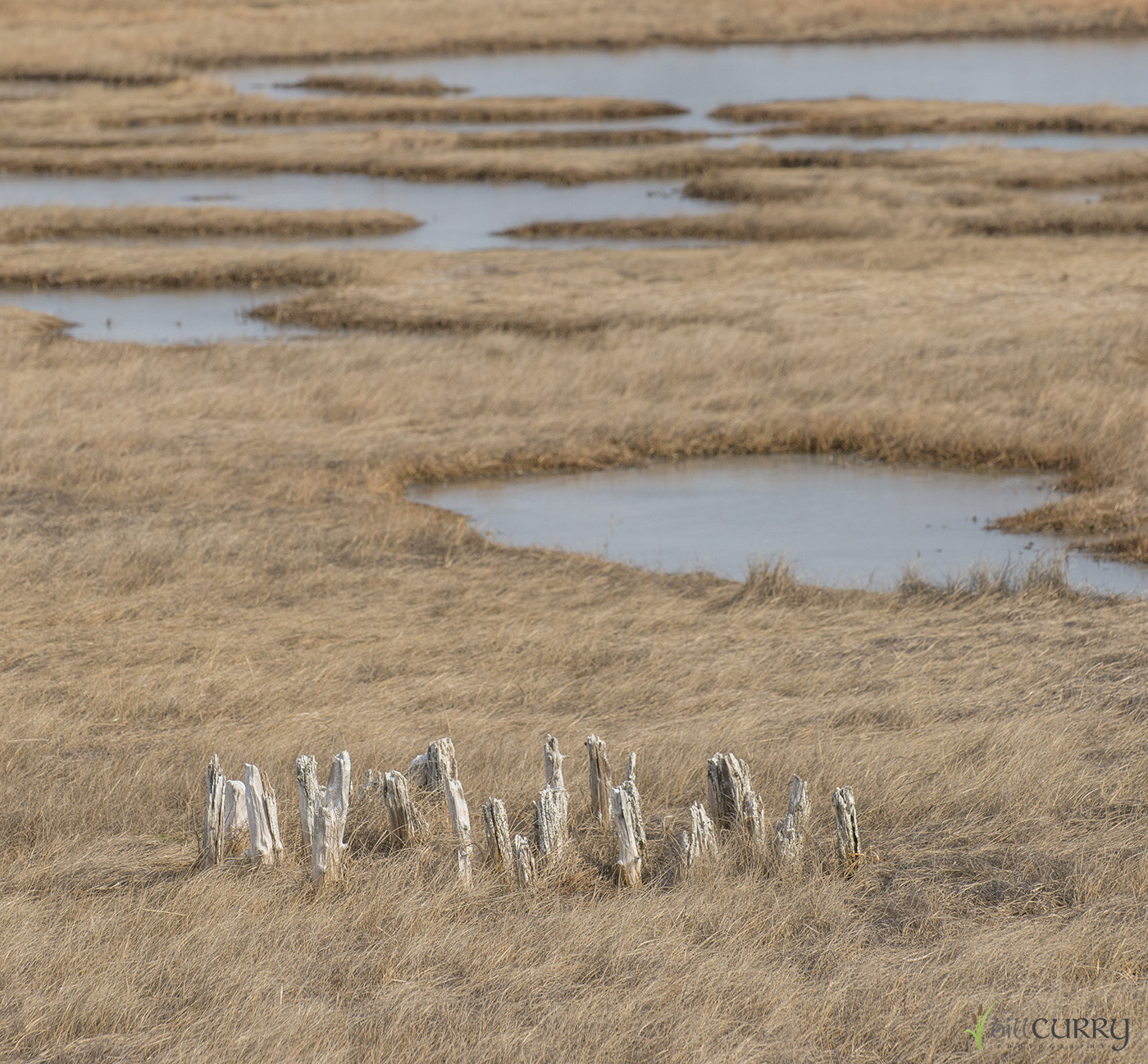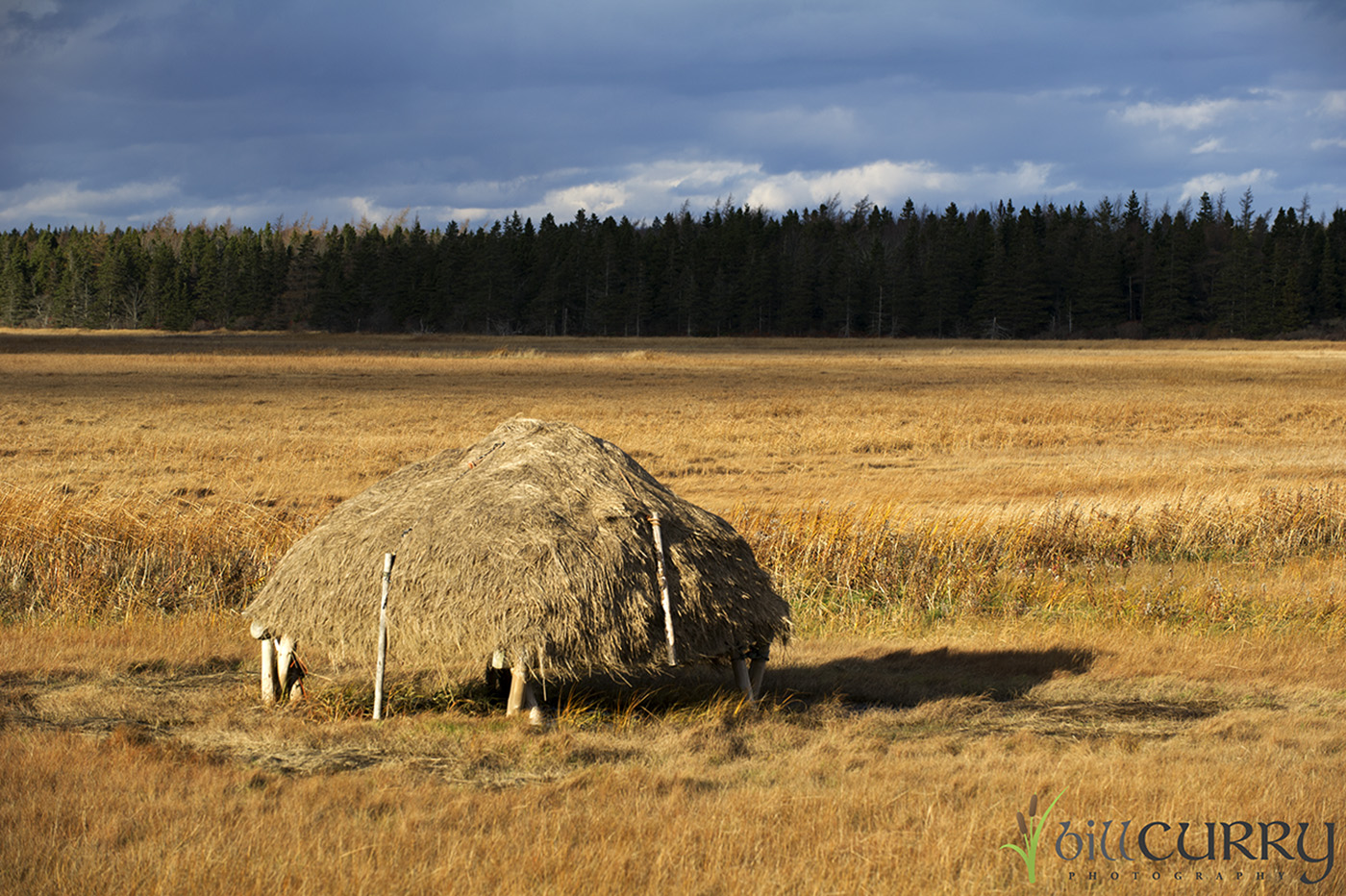
Staddle Posts
The Staddle
Many people know that the Province of Nova Scotia was founded, as the first permanent European settlement in Canada, by the French. What many don't know is that even today the evidence of this early period is still there, if we only look to see it.
On the farm I grew up on in the Annapolis Valley, our land overlooked what many called the Canning River, but which is actually the Habitant River, and it, like a lot of the land around the Wolfville/Canning/Port Williams area, had been settled by the French beginning in the 1680's. The original French base in Annapolis Royal had started in 1605, but by 1650 had been taken back by the British, part of the back and forth capturing of that fascinating town. As a result, numerous French families came to the area around Wolfville and built their lives there. We can see dyke walls and aboiteau works and if we look carefully something else.
The Acadians, as they were called, like to farm the marsh for the salt hay. Their technique involved using a scythe and then a hay rake, but the moist marsh grass had to be dried. The answer was a staddle - a small circle of posts that were pounded into the deep mud, and then topped with the cut hay. The image above is what the staddle looks like today, and one can see these remnants on many marshes across Nova Scotia, this one in Pinkney's Point, Yarmouth County. The image below is a recreation of an Acadian style staddle, which the good folks down toward Little River Harbour create every summer as a hands-on tradition brought to life and interpreted for everyone to see.
In 1755, the Acadians were deported from the Province, some becoming the Cajuns of Louisiana, some being exiled forever, and some who eventually returned and formed the groups who are ancestors of many Acadians living in Nova Scotia today. Their past is important, and it still lives on - and it is important for us to look and see, and so remember, the very real evidence of this part of Nova Scotia's history.
A Staddle







